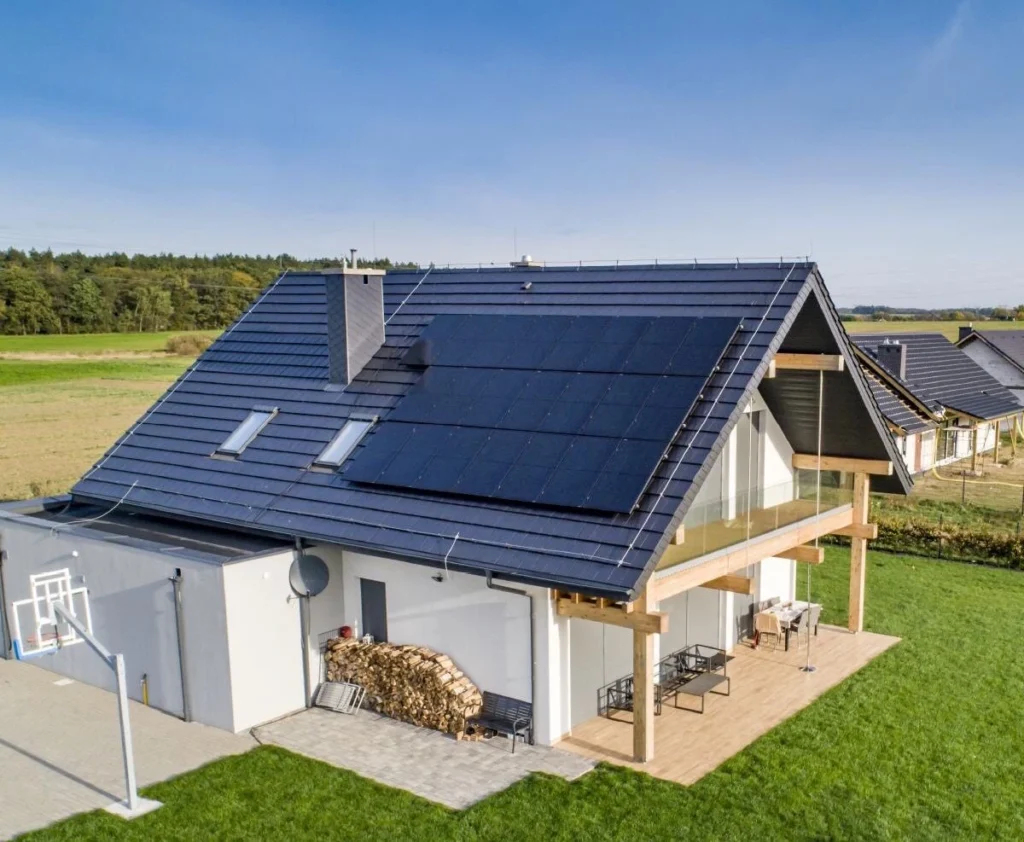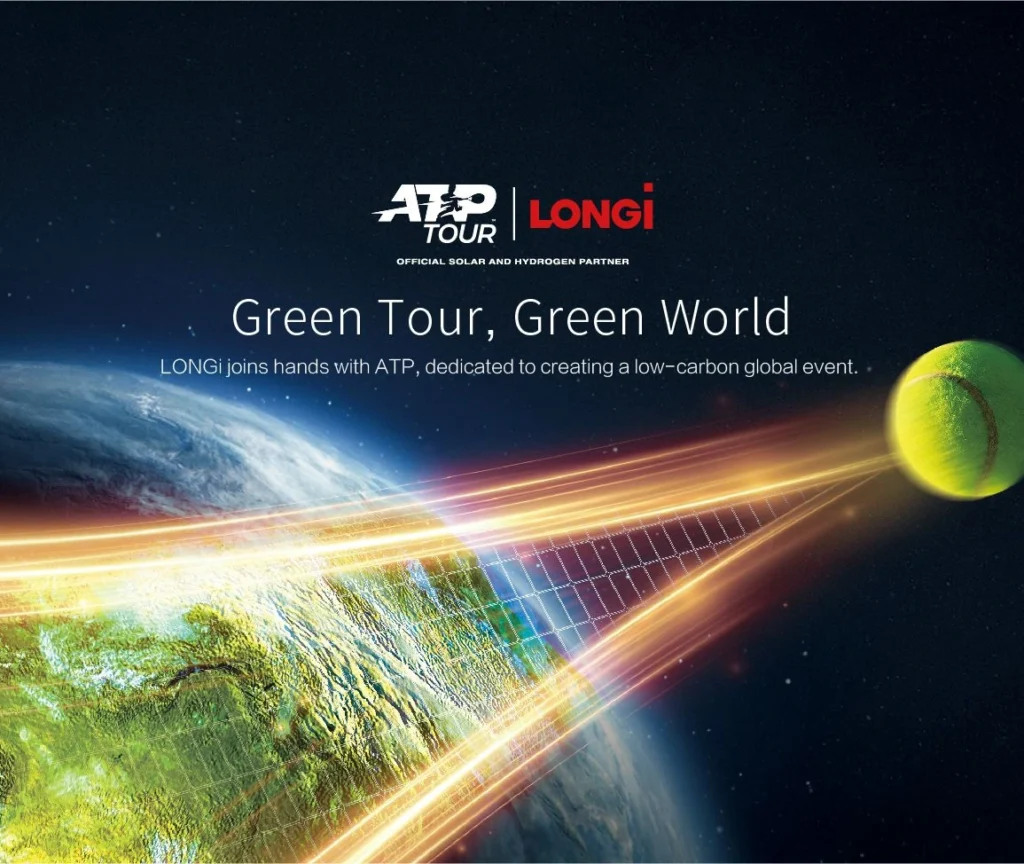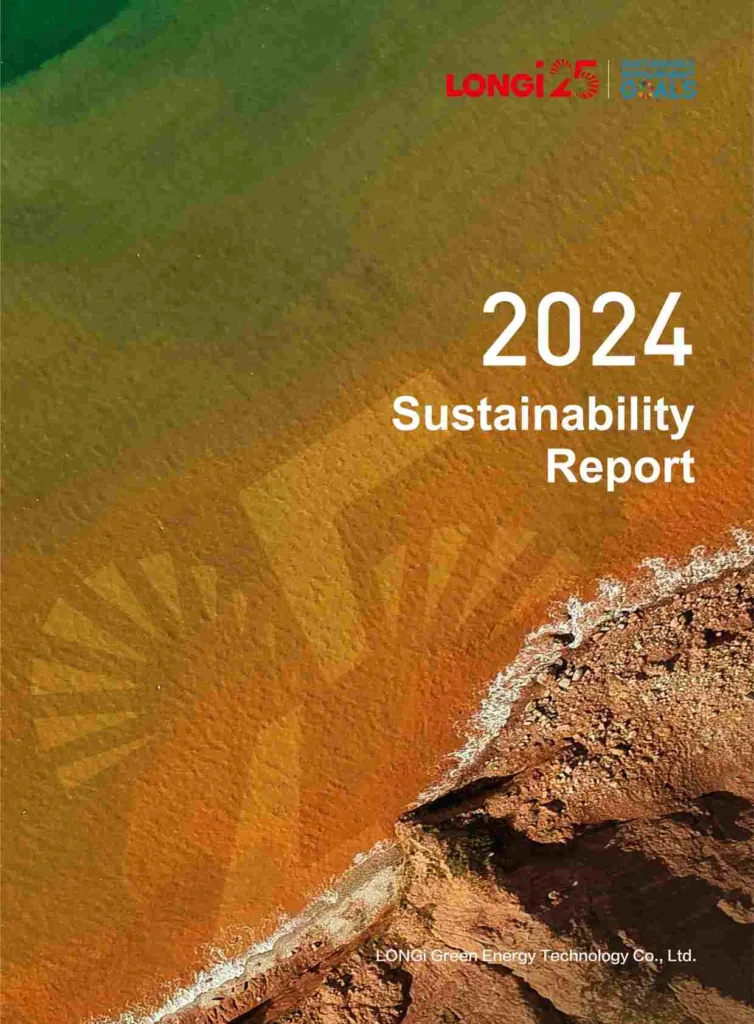Utility-Scale Solar Power Plants
Decarbonization
Commercial & Industrial
Green Businesses
Residential















Module Power
Module Efficiency
Level-17
BIPV Roofing System




|
Operational Temperature |
-40℃~+85℃ |
|---|---|
|
Maximum System Voltage |
DC1500V(IEC) |
|
Maximum Series Fuse Rating |
30A |
|
Power Output Tolerance |
0~3% |
|
Nominal Operating Cell Temperature |
45±2℃ |
|
Protection Class |
Class II |
|
Fire Rating |
IEC CLASS A |
|
First Year Power Degradation |
1% |
|
Year 2-25 Power Degradation |
0.40% |

| Power Generation Layer Type | 600M | 605M | 610M | 615M | 620M |
|---|---|---|---|---|---|
| Maximum Power (Pmax/W) | 600 | 605 | 610 | 615 | 620 |
| Open Circuit Voltage (Voc/V) | 52.51 | 52.66 | 52.81 | 52.96 | 53.11 |
| Short Circuit Current (Isc/A) | 14.55 | 14.62 | 14.69 | 14.75 | 14.82 |
| Voltage at Maximum Power (Vmp/V) | 44.19 | 44.33 | 44.48 | 44.63 | 44.78 |
| Current at Maximum Power (Imp/A) | 13.58 | 13.65 | 13.72 | 13.78 | 13.85 |
| Module Efficiency(%) | 22.4 | 22.6 | 22.8 | 22.9 | 23.1 |
| Power Generation Layer Type | 600M | 605M | 610M | 615M | 620M |
|---|---|---|---|---|---|
| Maximum Power (Pmax/W) | 448.3 | 452.0 | 455.8 | 459.5 | 463.3 |
| Open Circuit Voltage (Voc/V) | 49.30 | 49.44 | 49.58 | 49.72 | 49.86 |
| Short Circuit Current (Isc/A) | 11.75 | 11.81 | 11.87 | 11.92 | 11.97 |
| Voltage at Maximum Power (Vmp/V) | 40.32 | 40.45 | 40.59 | 40.72 | 40.86 |
| Current at Maximum Power (Imp/A) | 11.12 | 11.17 | 11.23 | 11.29 | 11.33 |
| Module Efficiency(%) | 22.2 | 22.6 | 22.8 | 22.9 | 23.1 |
LONGi has a comprehensive product line of green building PV solutions and a complete supply process to provide you with professional service and full-life-cycle O&M capabilities.
|
System Roof Construction |
High Efficiency HPBC Power Generation Layer/ Metal roof/Flexible waterproof layer/Insulating layer/Vapour barrier/Bottom plate |
|---|---|
|
Power Generation Layer fixation |
Flexible connection |
|
Version information |
Finite element non-slip wind-resistant leak-proof roof system Thickness: 0.6~0.8mm Alumini-Zinc-Magnesium steel plate |
|
Power Generation Layer Dimension |
2376 x 1128 x 5mm |
|
Power Generation Layer Weight |
31kg |
|
Front Side Maximum Static Loading |
5400Pa |
|
Rear Side Maximum Static Loading |
2400Pa |
|
Hailstone Test |
25mm Hailstone at the speed of 23m/s |

LONGi has a comprehensive product line of green building PV solutions and a complete supply process to provide you with professional service and full-life-cycle O&M capabilities.